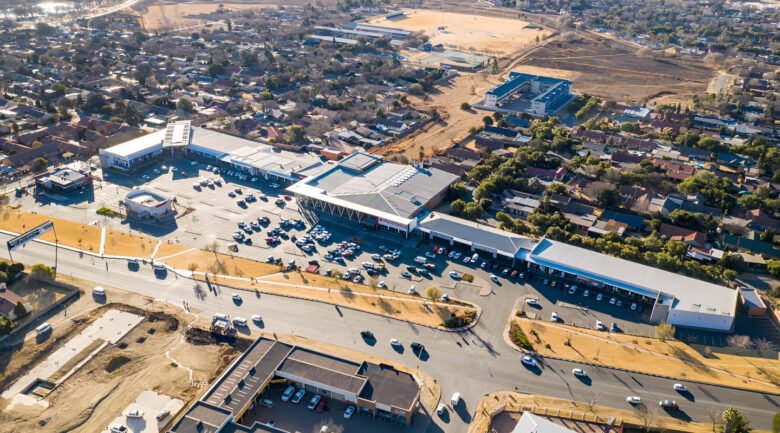Solar power to reduce load shedding impact on businesses - the South African plan
What is load shedding?
Why is there load shedding in South Africa?
There are two main reasons for load shedding in South Africa. The first is the lack of installed electricity generation capacity that cannot meet demand. The next problem is that the available energy is far below the demand for electricity, which is why load shedding occurs.
Since 2018, there has been a sharp increase in the number of hours of intermittent blackouts. Parts of the country’s electric grid are turned off in the event of insufficient capacity or to avoid a countrywide blackout. As predicted in a previous article, load shedding will not end anytime soon and will continue for the next five years.

How does load shedding affect businesses in South Africa?
As of 25 July 2022, the State announced the introduction of various schemes to close the energy gap and reduce load shedding. The lack of installed capacity is the main culprit of the blackouts. Thus, the authorities need to ease solar installation so that more generations can be installed.
The strategy mapped out below will dramatically increase the number of solar installations in front of and behind the meter:
- The procurement of new generation capacity
- Easing of distributed generation regulations and new legislation
- Incentivizing investment in rooftop solar through feed-in tariffs
- The fundamental transformation of the electricity sector
1. The procurement of new generation capacity
Finally, Eskom will be constructing its first solar and battery storage projects at Komati, Majuba, Lethabo, and several other power stations. Click here to find out how solar + battery installation with a controller can be an anti-load shedding solution.
2. Easing of distributed generation regulations and new legislation
As of June 2021, the licensing requirement for generation projects up to 100 MW has been removed. As a result, President Ramaphosa has announced the cancellation of the requirement for licensing embedded generation in its entirety. This will encourage further private investment in electricity generation and reduce project lead times.
3. Incentivizing investment in rooftop solar through feed-in tariffs
Households and businesses can now install rooftop solar solutions and connect their energy to the grid, as the government has recognized. To incentivize this project, a “feed-in tariff” will be developed by Eskom for all commercial and residential rooftop solar installations. Thus, those who have installed solar panels in their homes or businesses will be able to sell the surplus power to Eskom.
4. The fundamental transformation of the electricity sector
The National Treasury is finalizing a sustainable solution to Eskom’s R400 billion debt. The government will use climate funding provided through the Just Energy Transition Partnership to invest in the grid and will also repurpose power stations that have reached the end of their lives.
In the meantime, how to cope with load shedding?
1. Build new solar + battery installations
It goes without saying that building owners will have to deal with load shedding. To combat the effects of the blackouts, auto consumption has become a necessity. Developing solar + diesel installations supported by control solutions like ePowerControl SD is a good first step during load shedding episodes. Indeed, this type of installation requires less fuel and addresses the non-reliability of the grid by producing fast and more reliable energy.
To go further and considering that diesel prices are on the rise, adding a battery to a hybrid system can prove beneficial. It ensures that your building is not impacted when the power is out. Indeed, with a solution like ePowerControl ES, the BESS can act as a grid-forming unit until the grid is available. It helps you maximize the profitability of your solar energy storage system and decrease diesel consumption significantly. Using a microgrid controller can enhance the management and integration of these systems, ensuring efficient operation and reliability.
2. Make sure facilities adhere to government regulation
Given the government’s intervention, state powers will need to regulate solar production. The massive installation of rooftop solar will lead to grid instability and it will be a necessity to comply with city codes as in Cape Town with the DNP3 protocol.
The DNP3 system is Cape Town’s primary communication protocol. DPN3 allows the Network Control Center to monitor and send commands about PV curtailment when grid congestion occurs. Monitoring and control solutions can help you integrate your installation with local grid requirements. Elum’s ePowerControl DNP3 add-on lets the PV inverters receive and implement orders directly from the COCT SCADA municipality, in order to ensure compliance of the power plant.
Are there existing solar projects in South Africa?


project with us?
